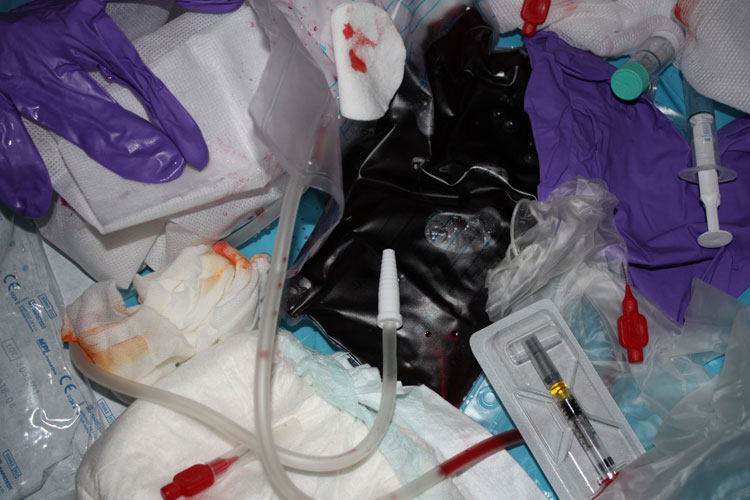What are the Hazards of Bio-Hazard Materials?
Bio-Hazards refer to biological substances that pose a threat to the health of living organisms, primarily that of humans. This can include medical waste or samples of a microorganism, virus or toxin (from a biological source) that can affect human health. It can also include substances harmful to other animals.
Biological agents include bacteria, viruses, fungi, other microorganisms and their associated toxins.
They have the ability to adversely affect human health in a variety of ways, ranging from relatively mild, allergic reactions to serious medical conditions, even death.
These organisms are widespread in the natural environment; they are found in water, soil, plants, and animals. Because many microbes reproduce rapidly and require minimal resources for survival, they are a potential danger in a wide variety of occupational settings.
Suggested Industrial Vacuums for Recovery of Bio-Hazard Materials
PrestiVac HEPAPlus* Vacuums are specifically designed to safely vacuum toxic dusts. Equipped with a Certified Absolute HEPAPlus*filter with an efficiency of 99.995% on 0.2 micron so there is no risk of exposure or contamination for the operator or the environment. These vacuums are tested for absolute filtration. Testing Method: IEST RP-CC034.3. H14. MIL-STD 282 / A.S.T.M. - D2986-91. MPPS method EN 1822.
PrestiVac cleanroom vacuums are specifically designed to be used in ISO 4 (Class 10) cleanroom/controlled environments for decontamination control. The stainless-steel construction is easy to clean and sterilize. The exhaust air is filtered through a ULPA filtration system with an efficiency of 99.9995% @ 0.12 microns, eliminating the risk of any contamination. Our cleanroom vacuums are grounded and ESD safe so there is no risk of any static build up. Our cleanroom vacuums are also equipped with an electromagnetic (EMI), radio frequency interference (RFI) filter to protect any electronic equipment in the cleanroom.
Which Industries are at Risk with Bio-Hazard Material?













